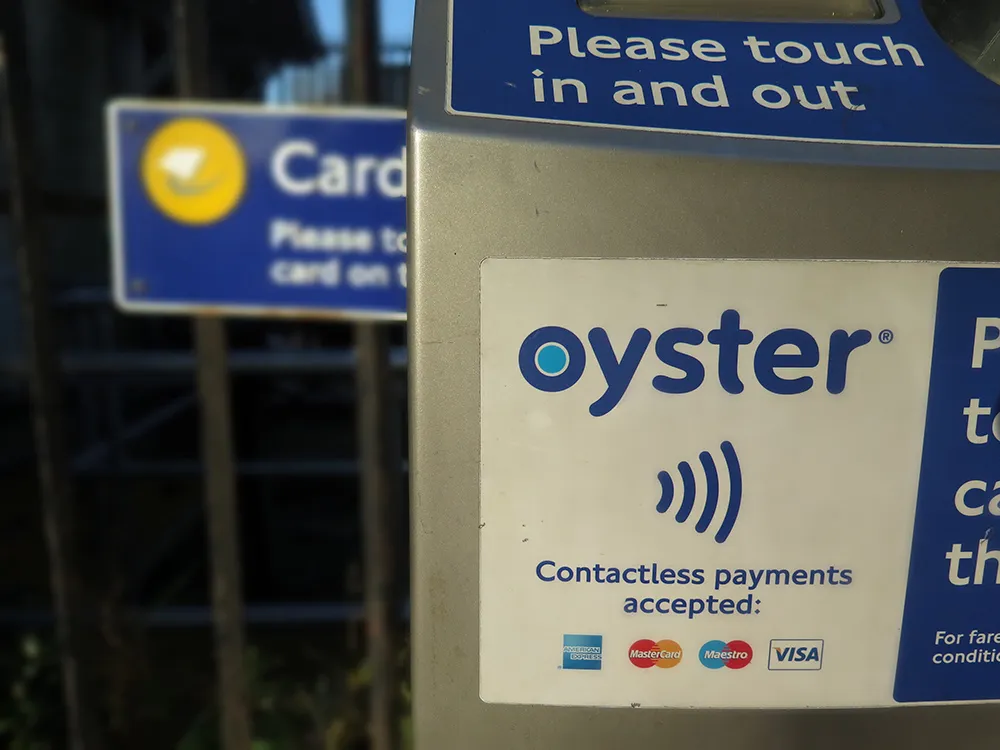During the ITS World Congress, French software and robotics developer EasyMile, using the Melbourne Grand Prix venue at Albert Park, to demonstrate the features and benefits of its EZ10 electric shuttle.
Manufactured by French light weight automobile maker Ligier, the EZ10 is an electric people mover capable of transporting up to 12 people (6 seating positions and 6 standing positions). It also caters to reduced mobility passengers.
With no steering wheel and no dedicated front or back, the EZ10 follows a
October 10, 2016
Read time: 1 min

During the ITS World Congress, French software and robotics developer 8246 EasyMile, using the Melbourne Grand Prix venue at Albert Park, to demonstrate the features and benefits of its EZ10 electric shuttle.
Manufactured by French light weight automobile maker Ligier, the EZ10 is an electric people mover capable of transporting up to 12 people (6 seating positions and 6 standing positions). It also caters to reduced mobility passengers.
With no steering wheel and no dedicated front or back, the EZ10 follows a set timetable and passengers can get on or off at any station.
It operates like a bus, covering a predefined route and stops at stations on request.
The EZ10 needs only light infrastructure to operate and meets smart transportation requirements. The shuttle service runs on virtual tracks that can be easily configured to accommodate sudden shifts in demand.
Manufactured by French light weight automobile maker Ligier, the EZ10 is an electric people mover capable of transporting up to 12 people (6 seating positions and 6 standing positions). It also caters to reduced mobility passengers.
With no steering wheel and no dedicated front or back, the EZ10 follows a set timetable and passengers can get on or off at any station.
It operates like a bus, covering a predefined route and stops at stations on request.
The EZ10 needs only light infrastructure to operate and meets smart transportation requirements. The shuttle service runs on virtual tracks that can be easily configured to accommodate sudden shifts in demand.









